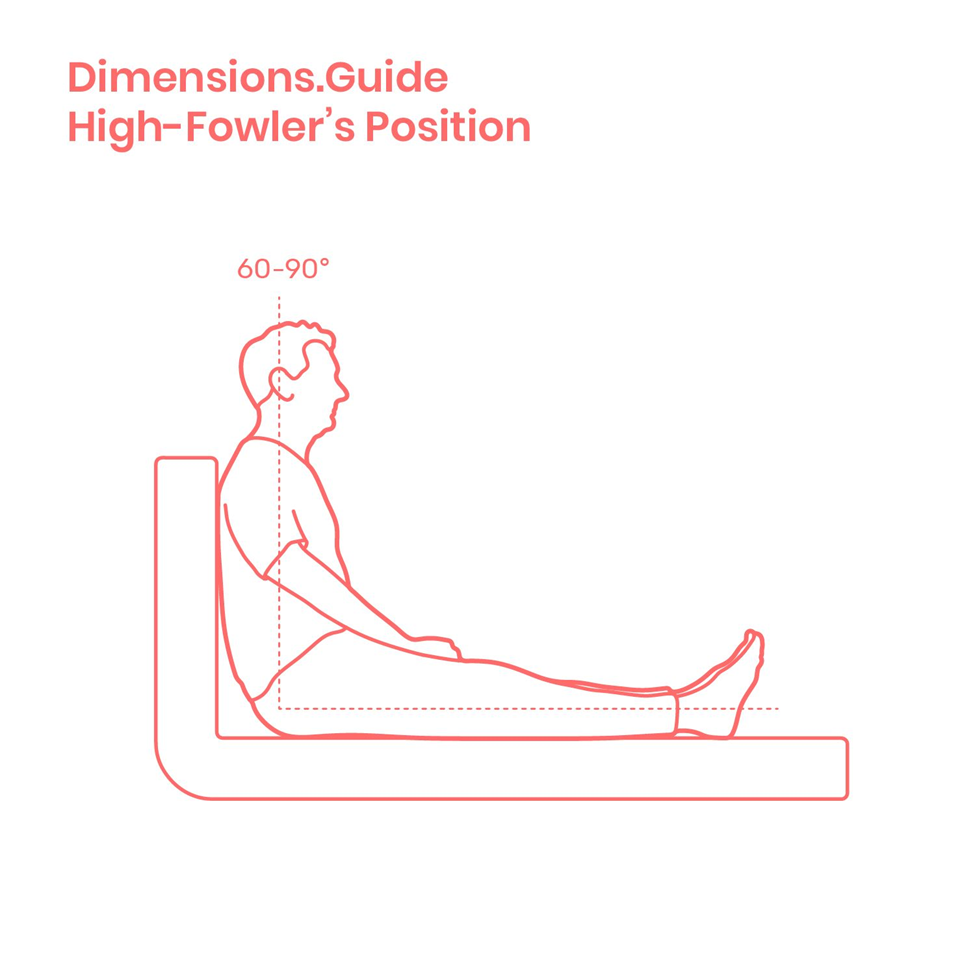The nurse is providing oral care for a client who is weak, drowsy, and unable to take anything by mouth (NPO). Which of the following would the nurse implement when performing appropriate oral care for this client?
Perform oral hygiene at least every 2 hours.
Client must be supine with head of bed below 30 degrees.
Use alcohol-based mouth rinse with oral swab.
Assist the client with oral care by brushing their teeth twice daily
The Correct Answer is A
A. Perform oral hygiene at least every 2 hours:
Regular oral care is essential to maintain oral health, prevent infections, and provide comfort. When a client is NPO, and especially if they are weak or drowsy, the nurse should perform oral care at least every 2 hours to keep the oral cavity moist, reduce the risk of infection, and provide comfort.
B. Client must be supine with the head of the bed below 30 degrees:
Keeping the head of the bed elevated to at least 30 degrees is important for preventing aspiration and promoting respiratory function. This position is not specific to oral care but is a general guideline for managing clients at risk for aspiration.
C. Use alcohol-based mouth rinse with oral swab:
Alcohol-based mouth rinses can be drying and may not be suitable for a client who is NPO, as they might contribute to further dryness of the oral mucosa. Non-alcohol-based mouth rinses or moistened oral swabs are often preferred.
D. Assist the client with oral care by brushing their teeth twice daily:
While regular oral care is important, the frequency of twice daily brushing may not be sufficient for a weak, drowsy client, especially if they are NPO. Oral care should be performed more frequently to maintain oral hygiene.
Nursing Test Bank
Naxlex Comprehensive Predictor Exams
Related Questions
Correct Answer is B
Explanation
A. 20 bpm: This is twice the calculated rate, so it's significantly higher than observed.
B. 10 bpm: This matches closely with the calculated rate of approximately 10.23 breaths per minute.
The scenario describes the nurse counting the client's breaths starting from when the second hand of the clock was at 12 and ending just past 5, and the client completed 9 breaths during this time frame.
Counting Period:
From just past 12 to just past 5 on the clock, the time span is approximately 53 seconds.
Number of Breaths:
The client completed 9 breaths within this time frame.
Now, to calculate the respiratory rate:
Respiratory rate = (Number of breaths / Time in minutes)
Respiratory rate = (9 breaths / 0.88 minutes) (53 seconds converted to minutes)
After calculation, the respiratory rate is approximately 10.23 breaths per minute.
C. 09 bpm: This is a lower value than observed and doesn't align with the counted breaths.
D. 18 bpm: This is close to double the observed rate, which doesn't match with the counted breaths within the time frame.
Correct Answer is C
Explanation
A. 30 degrees:
This angle does not meet the criteria for a High Fowler's position, which requires a more upright position.
B. 15 to 20 degrees:
This angle is lower than what is generally considered as High Fowler's position. High Fowler's is a more upright position.
C. 90 degrees:
High Fowler's position involves elevating the head of the bed to 90 degrees. This position is often used for better lung expansion and respiratory function.
D. 45-60 degrees:
While this range is higher than a semi-Fowler's position, it is not as upright as the 90-degree elevation in a High Fowler's position.

Whether you are a student looking to ace your exams or a practicing nurse seeking to enhance your expertise , our nursing education contents will empower you with the confidence and competence to make a difference in the lives of patients and become a respected leader in the healthcare field.
Visit Naxlex, invest in your future and unlock endless possibilities with our unparalleled nursing education contents today
Report Wrong Answer on the Current Question
Do you disagree with the answer? If yes, what is your expected answer? Explain.
Kindly be descriptive with the issue you are facing.
